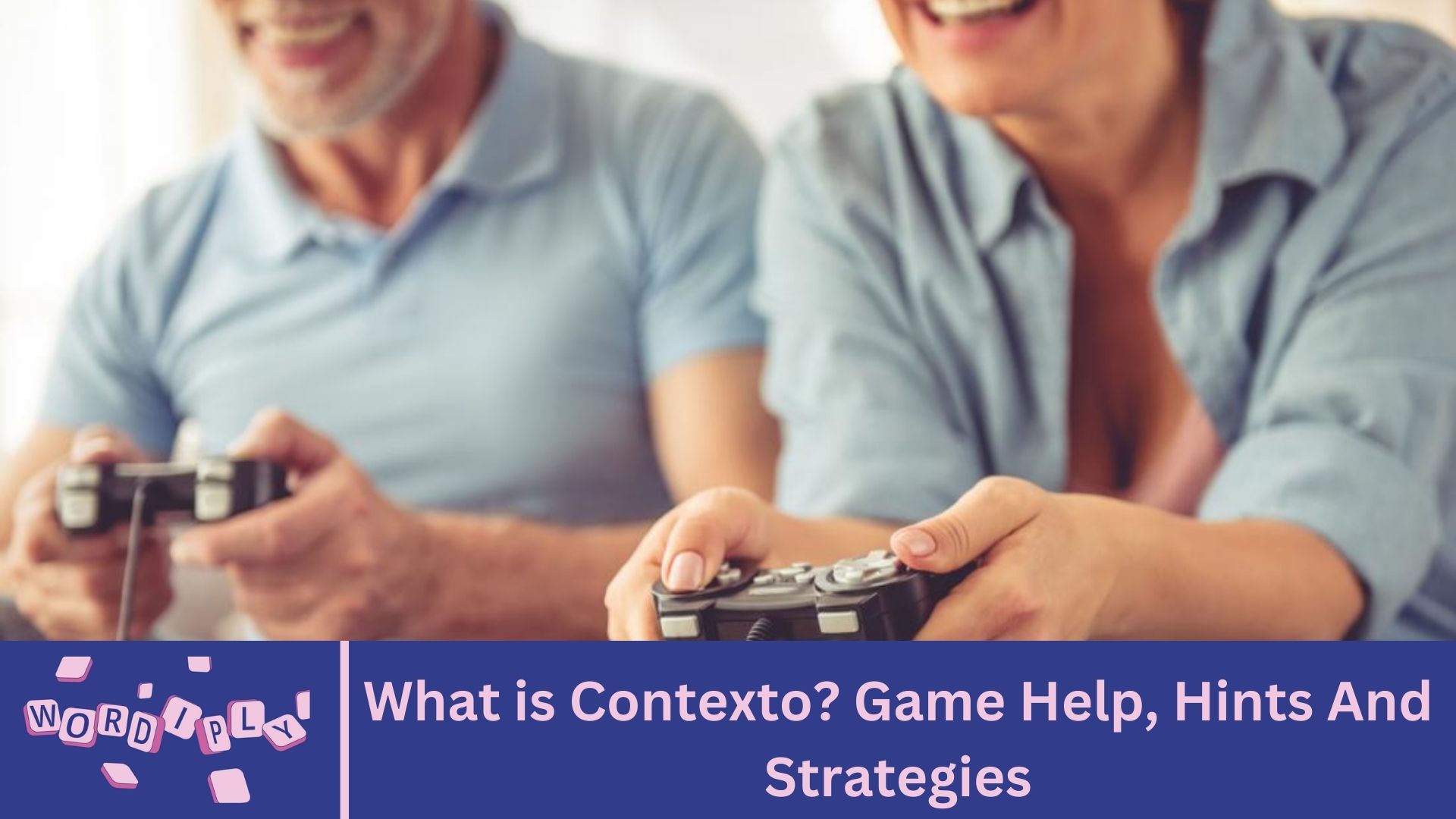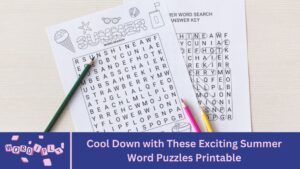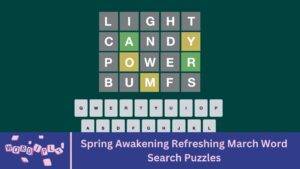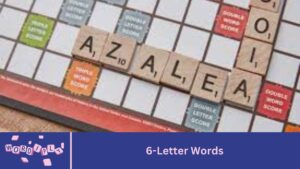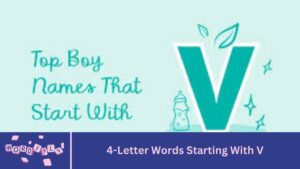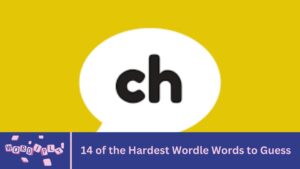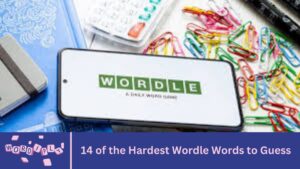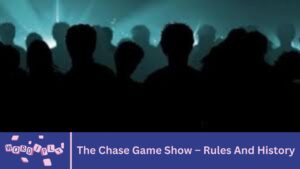Following Wordle’s meteoric rise in 2022, enthusiasts of word games sought out the next exciting challenge to engage their minds. Contexto emerged soon after, and by the end of the year, it had captivated 80% of American word game aficionados. Notably, 34% of them declared it as their preferred word game.
How to play Contexto
Contexto is a distinctive word game where players aim to identify the solution word with minimal guesses and hints. Each guess is evaluated based on its proximity to the solution word, using an algorithm that has analyzed an extensive text database to determine relativity.
1. At the start of a Contexto game, you’ll see the game number, a counter for your guesses, and a box where you can enter your guesses.
2. For your initial guess, type a word into the box and submit it. If the word is not found in the Contexto dictionary, it will not be accepted, and you’ll need to choose a different word.

3. After each guess, Contexto provides a rank indicating how closely your word matches the target word. Use this ranking to refine your guesses, aiming to get closer to the solution with each attempt.
4. Ranks between 2 and 300 are considered relatively close to the target (green), ranks between 301 and 1,500 are less precise (yellow), and ranks above 1,500 indicate a significant deviation from the target (red).

5. Keep making guesses based on the information you have after each word submission. If you find yourself struggling to come up with closer words, you can request a hint by navigating through the menu above the game. Given the game’s challenging nature, you’re permitted to ask for as many hints as you need.

6. Once you discover the solution word, the game will conclude and display a summary screen with your statistics. This screen will show the puzzle number you worked on, whether you succeeded or chose to “give up,” the number of hints you used, and a detailed breakdown of all your guesses.
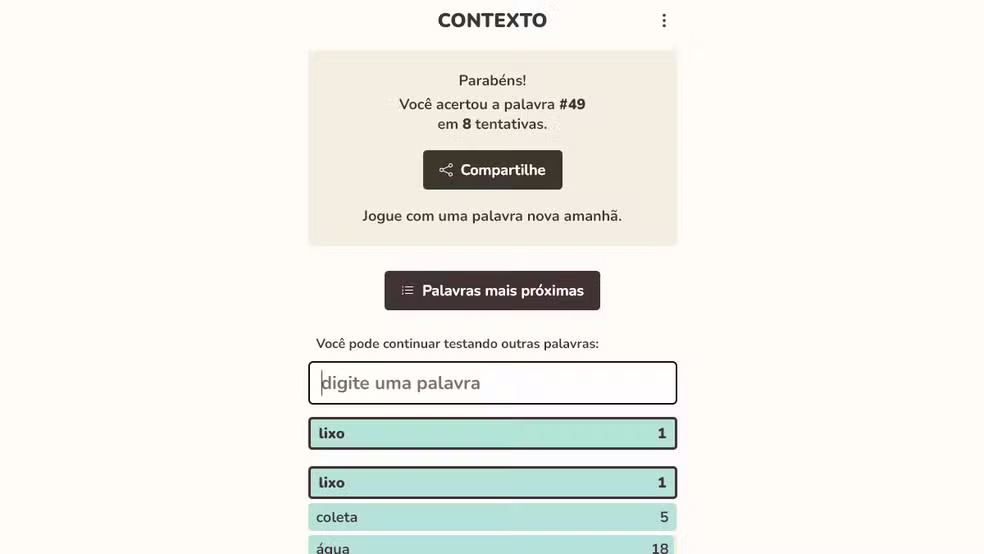
While many word games restrict the number of guesses you can make, Contexto lets you guess as many times as needed to find the solution and provides an unlimited amount of time for each puzzle. However, your final score depends on the number of guesses you use, so aim to keep your guesses to a minimum if possible!
Best Contexto guesses
To make the most effective guesses in Contexto, opt for words that encompass a wide range of ideas and contexts. A good strategy is to start with one of these four words:
- Person,
- Place,
- Thing,
- Idea
After using each of these terms, take note of the score displayed. If one of the words turns green (with a score between 1 and 300), it’s a good idea to explore more specific words related to that term instead of trying the other listed terms.
Contexto help
Once you’re familiar with the rules of Contexto, you might be looking for ways to improve your game. WordsRated has outlined key strategies to help you minimize the number of turns needed to discover the elusive solution.
Start Strong – At the beginning of a Contexto game, choose a strong starting word or combination to help you narrow down related terms. Experiment with different words until you find your first green word, and then explore other words connected to it.
Related Words – If you’ve identified some green words and want to refine your search, use a thesaurus to find synonyms or related concepts. Remember, the key to winning Contexto is understanding the meaning and context of the words you use.
Random Words – Occasionally, entering a few random words can be beneficial. This approach might offer new insights or inspiration, especially if you’ve made several associative guesses without improving your results.
Play Common or Abstract Nouns – Many solutions in Contexto are common or abstract nouns, making them easier to identify. Avoid wasting guesses on proper nouns like Tokyo, Pepsi, or Shakespeare.
Take a Holistic Approach – As you choose your next word, review the words you’ve already guessed and their scores. This will help you understand which types of words have been more effective and enable you to build connections from these successful guesses.
Ask for a Hint – If you’re really stuck and need assistance, don’t hesitate to request a hint. You can access hints through the menu icon above the game and ask for as many as needed. To keep the game challenging, we recommend limiting yourself to a maximum of three hints per puzzle.
Never Rush – Although Contexto is a daily game like Wordle with new solutions each day, you can play each puzzle for as long as you need and even simultaneously. There’s no need to rush; take your time to make thoughtful guesses.
Games like Contexto
Word games are a popular pastime globally, and Contexto stands out with its unique word-finding concept. Below, we explore some of the most popular word games currently available, each offering a different experience while sharing some similarities with Contexto:
Semantle: A more stripped-down version of Contexto, Semantle differs by allowing solutions to be any part of speech and making all guesses case-sensitive.
Connections: This puzzle game requires strong pattern recognition skills. Players must sort 16 words into four groups of four, based on a hidden concept that links them together.
Wordle: The widely known 5-letter word game where players must identify the solution word in as few guesses as possible, using letter clues provided by previous guesses.
Letter Boxed: In this game, players use 12 letters arranged around a box (3 on each side) to form words, ensuring each letter is used at least once. Letters can be reused but not sequentially from the same side.
Spelling Bee: Players aim to find as many words as possible using seven given letters arranged in a hexagon. The center letter must be included in every word, and players climb a daily leaderboard based on their word count.
Contexto settings and options
Players can access a menu by clicking on the three dots icon above the game and selecting “Settings.” In this section, you can customize various game options to suit your preferences.
Language: Choose between English, Spanish, or Portuguese.
Theme: Select between a light theme or a dark theme to suit your visual preference.
Hints:
- Easy – The hint provided is half the number of your closest word.
- Normal – The hint provided is one number less than your closest word.
- Hard – The hint provided is a completely random word.
Sort by: Decide whether to display your guesses by their similarity to the solution or in the order they were attempted.
Other: Players can toggle the option to see a countdown to the next word after solving the daily puzzle.
How is Contexto calculated?
- Contexto utilizes an artificial intelligence algorithm to evaluate how similar each guess is to the hidden solution word.
- This process involves analyzing and categorizing thousands of texts.
- The data used to determine word similarity is sourced from Stanford University’s NLP Group.
Can you play previous Contexto games?
Yes, you can play all previous Contexto games by navigating to the menu screen and selecting “Previous Games.” This allows you to choose any past level, select a random level, and even play multiple games simultaneously.
What do the colors mean in Contexto?
In Contexto, each guess changes color to indicate its similarity to the target word. This color coding is also displayed in boxes at the end of the game in an infographic, which can be shared with other players on social media.
- Green: Indicates the answer itself (#1) or guesses very close to the answer (#2 – #300).
- Yellow: Shows some similarity with the answer (#301 – #1,500).
- Red: Signifies guesses that are not similar to the answer (#1,501+).
FAQ’s
What is Contexto?
- Contexto is a word-guessing game where players must identify a hidden word by guessing related words. The game provides hints by ranking the guessed words based on their contextual similarity to the hidden word.
How do I play Contexto?
- To play, enter a word into the input field. The game will then rank your guess in comparison to the secret word, with closer ranks indicating higher contextual similarity.
What are the basic rules of Contexto?
- The main rule is to guess the secret word using clues from the game’s ranking system. You can guess as many times as you need until you find the correct word.
How does the ranking system work in Contexto?
- The ranking system shows how close your guess is to the secret word based on contextual similarity. The lower the rank number, the closer your guess is to the target word.
What strategies can I use to win Contexto?
- Start with broad guesses to understand the word’s context, then narrow down with more specific guesses. Use synonyms, related concepts, or even common associations to find the secret word.
How many guesses do I get in Contexto?
- There is no limit to the number of guesses you can make in Contexto. You can keep guessing until you find the correct word.
What happens if I guess the correct word?
- When you guess the correct word, the game will inform you, and you can choose to start a new round with a different secret word.
Can I get hints in Contexto?
- The primary hint in Contexto is the ranking system. It helps you understand how close your guess is to the correct word based on context.
Is there a time limit in Contexto?
- No, Contexto does not have a time limit. You can take as long as you need to guess the secret word.
Can I play Contexto with friends?
- Contexto is typically a single-player game, but you can collaborate with friends to solve the word puzzle together.
How often is the secret word changed in Contexto?
- The secret word can change depending on the game settings. In some versions, the word may change daily, while in others, you can play as many rounds as you like with new words each time.
Can I play Contexto on my mobile device?
- Yes, Contexto is accessible on both desktop and mobile devices through a web browser.
Are there different difficulty levels in Contexto?
- Some versions of Contexto may offer different difficulty levels, affecting the complexity of the secret word. However, this feature may vary depending on the platform.
What should I do if I’m stuck on a word in Contexto?
- If you’re stuck, try thinking of related words or concepts. You can also step away and return later with a fresh perspective.
Can I use a dictionary while playing Contexto?
- Yes, using a dictionary or thesaurus can be helpful to find synonyms or related terms that might be closer to the secret word.
Are there any tips for beginners in Contexto?
- Beginners should start with common, broad words and pay close attention to the ranking feedback. As you narrow down the possibilities, move to more specific terms.
What makes Contexto different from other word games?
- Contexto focuses on contextual similarity rather than exact word matches, making it unique in how it challenges your understanding of word relationships.
Can I replay the same round in Contexto?
- Typically, once you solve the word, you move on to a new one. However, some versions may allow you to replay the same round if desired.
What do the different rank numbers mean in Contexto?
- The rank numbers indicate how close your guess is to the secret word in terms of contextual relevance. A rank of 1 means you’ve guessed the correct word.
Is Contexto available in multiple languages?
- Some versions of Contexto may support multiple languages, allowing you to play in your preferred language. Check the game settings to see available options.
